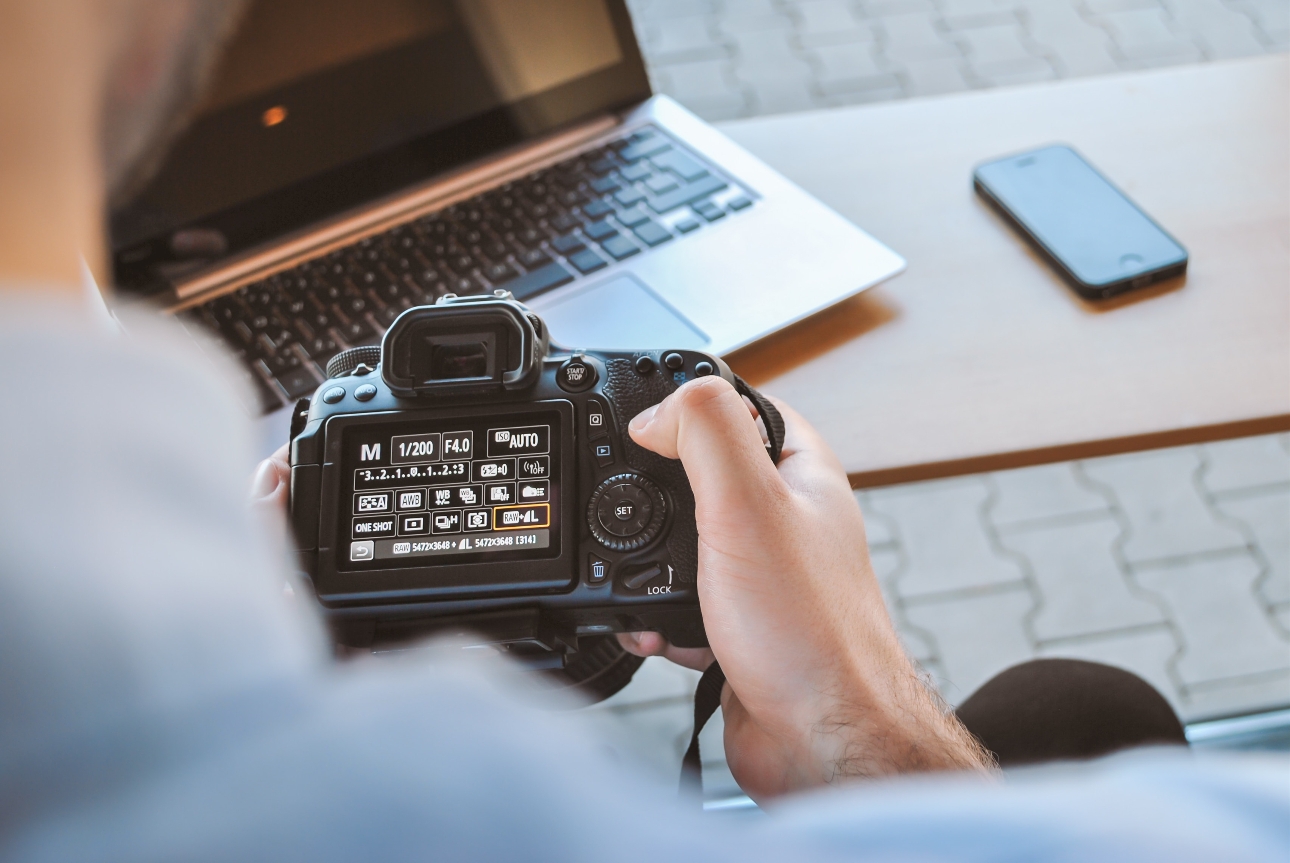Posted by Danielle Harvey on 26 February 2024

Using Images Responsibly:
Know Your Copyright Law: The first step in using images responsibly is understanding copyright. In most cases, images are automatically protected by copyright law from the moment they are created. This means you can't use someone else's images without permission unless they are specifically licensed for public use, such as under a Creative Commons license. Generally speaking, in the UK copyright in images and or photography lasts for the life of the creator plus 70 years from the end of the calendar year of their death although the length of the copyright period will depend on when the image was created.
License and Permissions: If you wish to use someone else's images, seek proper licensing or permissions. Many stock photo websites offer high-quality images for a fee, and this can be a cost-effective way to obtain legally usable content.
Attribute Properly: When using images under a Creative Commons or similar license, always provide appropriate attribution as specified by the license. This gives credit to the original creator and ensures you're using the image legally.
Public Domain and Fair Use: Images in the public domain or used under fair use principles may not require permission. However, be aware of the specific rules and limitations associated with these categories, as they vary from case to case and from one jurisdiction to another. Most teaching use of images fall under what is called a "fair use" provision, so this allows academics to use copyright materials a single time to a limited audience without securing the permission of the copyright holder.
Examples of Misuse
Unauthorised Use: One of the most prevalent misuses is the unauthorised use of images and photography. This can result in legal actions, including cease and desist orders and financial penalties. Altering without Permission: Modifying an image, even if it's in the public domain, without permission can lead to issues. Always check the specific terms of use for the image before making any alterations. Using Watermarked Images: Using watermarked images without purchasing the proper license is a common misuse. Watermarks are used to protect images and removing them without permission is a violation of copyright. False Attribution: Claiming to be the creator of an image when you are not is unethical and can damage your reputation.

· Register Your Work: If you're a creator, although in the UK you cannot register copyright material you may consider lodging with the ACID IP Databank. This does not add to your rights but ACID lodges the date copyright work is received, and a unique tamper proof number is allocated. This can help provide evidence of the date it is created should it be needed to substantiate IP ownership. · Use Watermarks and Metadata: Adding watermarks and copyright metadata to your images can deter unauthorised use and make it easier to track misuse.
· License Your Work: If you want to share your images but retain control, consider using licenses like Creative Commons. This allows you to set specific terms for usage while maintaining some rights over your work.
· Monitor Your Work: Regularly search for your images online to ensure they are not being used without permission. You can use online tools and services to help automate this process. · Enforce Your Rights: If you discover someone is misusing your images, take appropriate action. This might involve sending a "Letter Before Action", requesting removal, or pursuing legal action if necessary. · Become IP savvy! If you are a business owner or manager, ensure that your team understands the importance of using images responsibly and legally in marketing and content creation.
· Don't Rely on the Fact that you won't be found out: It is a very small world out there. Rights owners are generally much more prepared to fight their corner. There is now more IP insurance around and many more lawyers are prepared to work on a no win no fee basis as well as a contingency fee arrangement.
· Don't Be Confused by Royalty Free and Rights' Managed: Be aware of the fundamental differences between what is described as "traditional" stock photography ("rights managed") and "royalty-free" stock photography bearing in mind these differences go beyond simple cost issues. Rights-managed images consist of premium imagery with protection against competing use and are perfect for projects that need to be exclusive to you and communicate a unique message. On the other hand, when you buy a royalty-free image, you can use it as many times as you wish but then so can others!
· Creating Your Own Photography: If you take your own photographs for use on the web, marketing, or communication, you automatically create your own copyright allowing you to authorise use of those images but don't forget that you need to ask permission to photograph the subject matter if it doesn't belong to you!
· In conclusion, images are an integral part of modern communication, and understanding their proper use and protection is crucial. By observing copyright laws, seeking permission when necessary, and using images responsibly, you can avoid legal troubles and maintain your integrity as a content creator or user.
Furthermore, following the tips for protecting your intellectual property ensures your work remains under your control and benefits you in the long run. Respect for intellectual property is not only a legal obligation but also an ethical responsibility in the digital age. Don't forget to sign the ACID IP Charter to belong to a growing community of those signing up to IP respect, compliance, and ethics. (acid.uk.com/become-a-charter-signatory)
To find out more, visit www.acid.uk.com